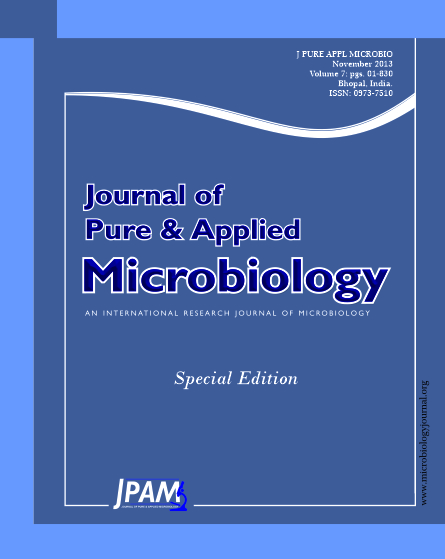To obtain an effective bacterium involved in biodesulfurization at elevated temperatures and investigate its pyritic sulfur removal behaviors at variable initial pH, an extreme thermophile from Tengchong hot spring, China, was isolated and adapted, followed by four groups of pyrite column bioleaching with 15% (v/v) bacterial inoculation at pH 1.0, 1.5, 2.0 and 2.5, respectively. Experiments show that the extreme thermophilic bacteria is spherical or oval-shaped and obligately autotrophic in iron-sulfur environment. The column leaching experiments show that 15% bacterial inoculation leads to a rapid pyrite oxidization after a short bacterial adaptation at pH 1.0~2.5. At initial pH 2.0, 21.7% biodesulfurization rate and 39.2g/L soluble iron concentration are obtained after 36 days leaching. Initial pH plays a key role in bacterial adaptation and activity, and enables the oxidization of Fe(II) and thiosulfate intermediates, therefore controls the desulfurization rate. At lower initial pH, Fe(III) ions are more susceptible to formation of secondary iron-bearing minerals than sulfate ions in high iron concentration environment. Results show that this isolate is amenable to pyritic sulfur degradation under high acidity and high temperature conditions.
Biodesulfurization, Initial pH, Extreme Thermophile, Precipitation, Mineral Morphology
© The Author(s) 2013. Open Access. This article is distributed under the terms of the Creative Commons Attribution 4.0 International License which permits unrestricted use, sharing, distribution, and reproduction in any medium, provided you give appropriate credit to the original author(s) and the source, provide a link to the Creative Commons license, and indicate if changes were made.


